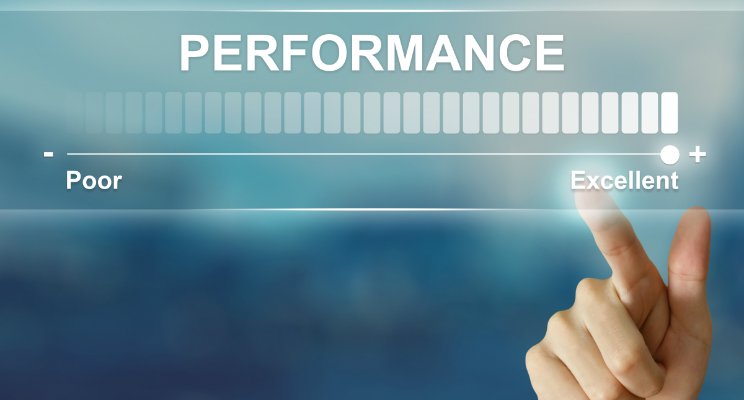It is easier to know what is expected of you when you have a good rapport with your boss and/or team. This is a cyclic growth - rapport is built from meeting expectations and expectations are more apparent with good rapport.
To understand expectations, it begins with clarifying your boss's expectations. Make absolutely sure you are both on the same page in terms of his or her expectations for you and your team. Clearly articulate the metrics and outcomes that define success. Learn which tasks or processes do they care about the most and why. You want to understand their view of the work that your team performs.
Once you, as the leader, understand the expectations, discuss goals and group norms with the team. Norms are almost as important as goals to establish a positive perception of the team within the greater organization. In discussion with the team, it is important to articulate what success looks like and how it aligns to all stakeholders. Make sure to cover the team's major goals and exactly how these are achieved.
Do not start with a radically new set of goals unless it is a mandate from higher within the organization. If new goals are too different, it can cause massive anxiety - and it will deteriorate the authority of the goals in the presence of prior commitment. If you do have to set new goals, try not to set them on the first day.
Goal setting is best viewed as a collaborative dialog establish through a partnership with your team. Do not dictate goals. Work with the team so that people feel ownership and higher motivation. If possible, follow up this goal-setting team meeting with personal one-on-one talks to ensure you have strong goal agreement and that the goals are clear. Ensure that each individual understands the milestones and how to progress towards their goals.
Defining the group norms should be defined as soon as possible (perhaps even before goals). Norms are informal rules that guide the behavior of the group. They are often more effective than formal rules and regulations in terms of shaping work behaviors. Defining your norms is up to you and the group.
There is no exact ideal set of norms, but there are norms associated with high performance teams: being positive and respectful, showing up on time and being prepared. Spend time developing norms because they reflect team values. Most lists are about 5 to 10 items long.
After norms have been discussed, established and agreed to, distribute the list to all group members. You can even post them visually in a place everyone will see them. Also, norms must be enforced to have meaning and power.
Norms matter, so find a way to enforce them. For example, when someone is late to a meeting, that is a violation of a norm. Maybe they have to contribute a dollar to the office coffee fund.
Expectations surrounding norms and norm violations are less concrete than expectations. In order to gain clarity, dialog is necessary. This dialog should articulate how norms are required to make the team more successful in meeting goals. These goals must be understood by you and your boss so that the team can execute successfully.
